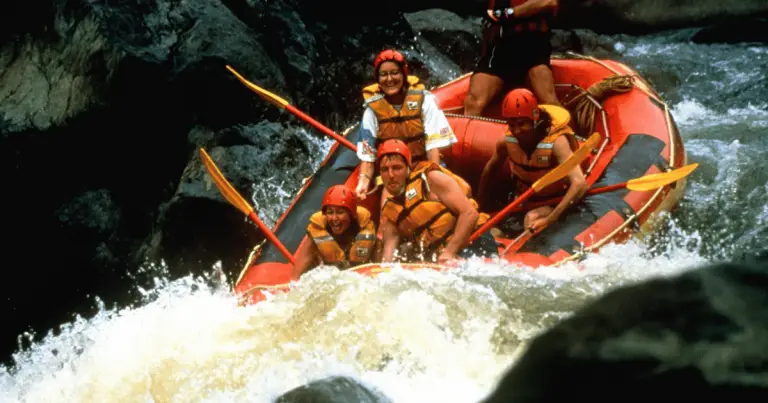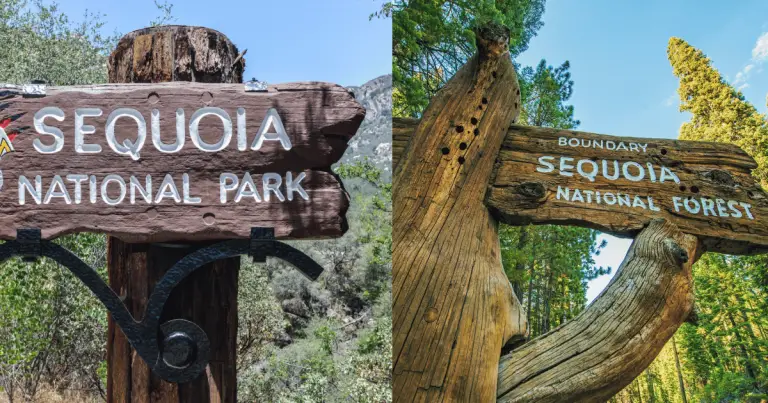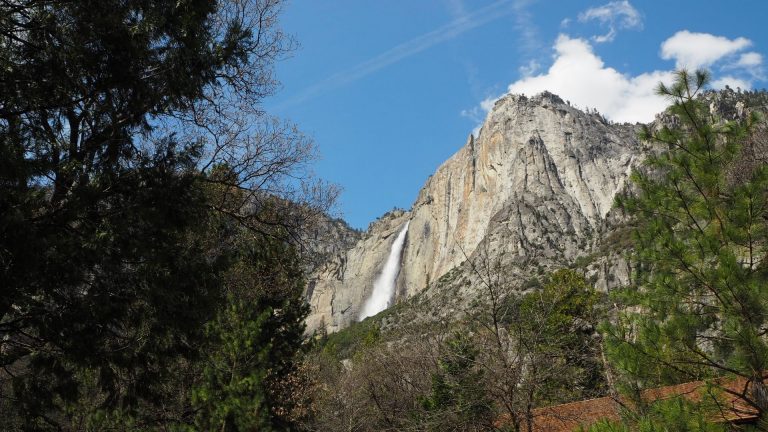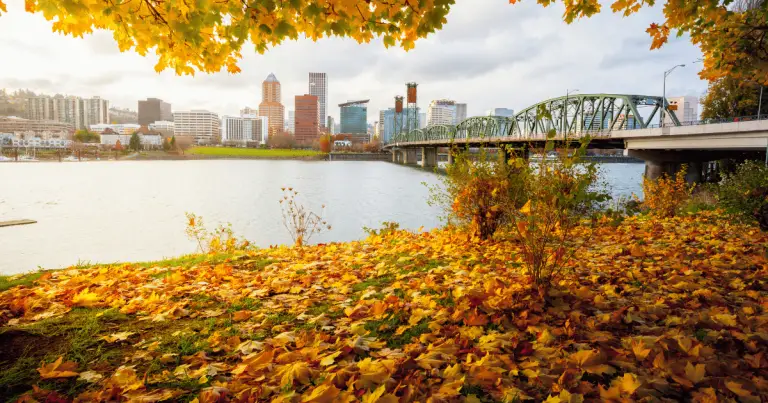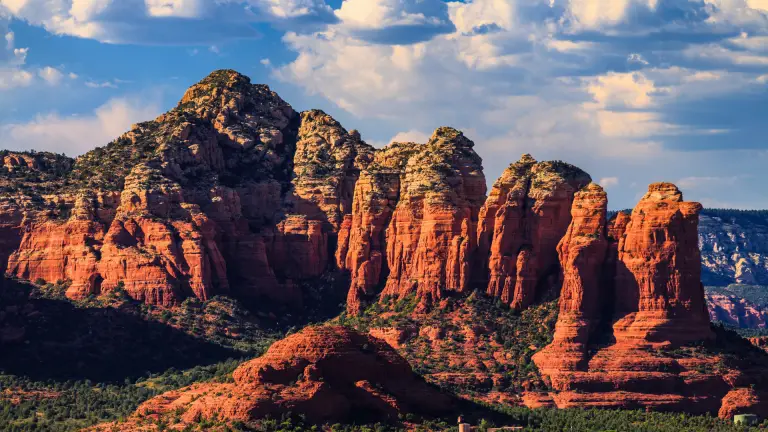Exploring Yellowstone: 10 Yellowstone Fun Facts You Must Know
Yellowstone National Park is one of the most unique places in the United States. It is home to incredible wildlife, stunning scenery, and various activities, making it a must-visit destination for any traveler. Here are 10 Yellowstone fun facts that you need to know before planning a trip:
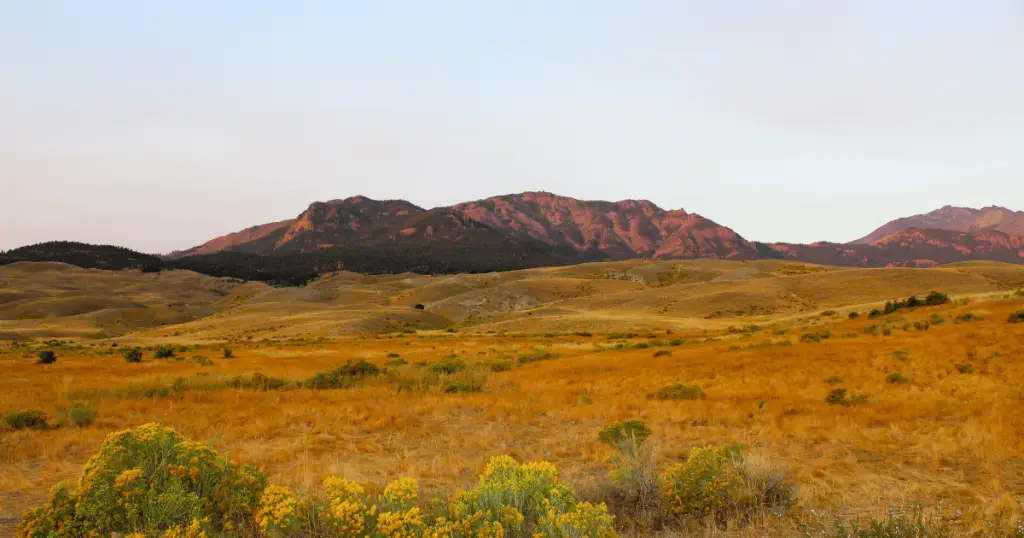
Yellowstone was the first national park created worldwide by Congress in 1872
Yellowstone’s designation as a national park 1872 marked a significant milestone in global conservation history. This landmark decision by Congress was driven by a desire to preserve the park’s unique geothermal features, magnificent landscapes, and diverse wildlife.
Setting aside such vast tracts of land for public enjoyment was an idea ahead of its time. The establishment of Yellowstone sparked a worldwide national park movement, leading to the creation of hundreds of national parks and protected areas around the globe.
This visionary act demonstrates that Yellowstone isn’t just America’s first national park but a pioneering symbol of global environmental conservation.
Yellowstone is home to one of the largest calderas in the world (a collapsed volcano), measuring over 30 miles across
The Yellowstone Caldera, often called the Yellowstone Supervolcano, is a geological marvel that adds to the park’s distinct character. It’s one of Earth’s largest active volcanic systems, stretching approximately 30 miles in width. Its imposing size, however, is concealed mainly beneath the park’s picturesque landscapes.
This volcanic giant was formed through a series of massive eruptions, the most recent occurring approximately 640,000 years ago. The heat from the still-active volcano powers the park’s famous geothermal features, including over half of the world’s geysers.
While it’s hard to predict when the next eruption might occur, scientists closely monitor the caldera to understand more about its behavior and mitigate potential risks. Despite its latent power, the Yellowstone Caldera’s presence adds a fascinating dynamic to the park’s ecosystems and the experiences of its visitors.
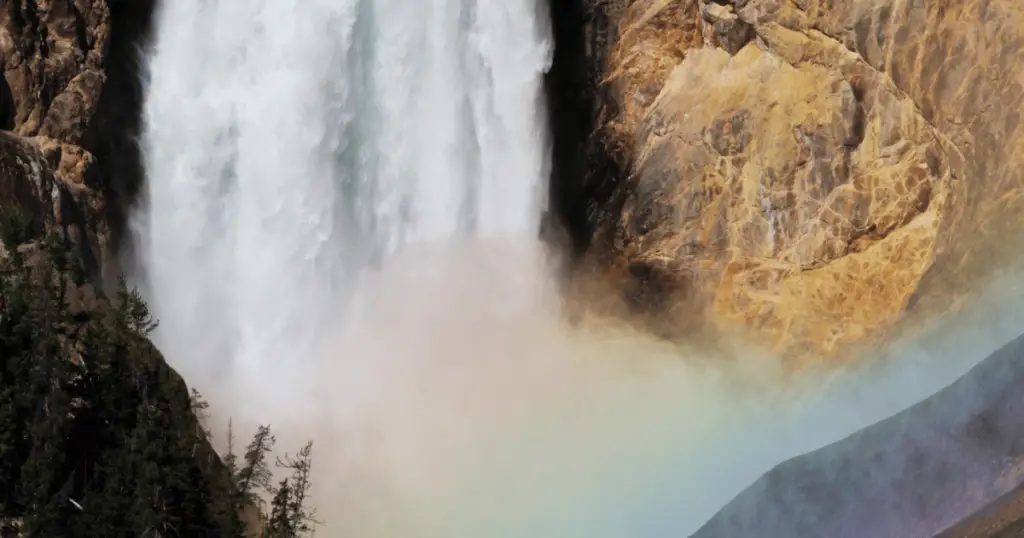
There are more than 300 geysers located within Yellowstone, including the famous Old Faithful Geyser, which erupts every 44-125 minutes
Yellowstone’s most striking features are its geothermal hotspots, with over 300 geysers scattered throughout the park. These natural fountains periodically spew hot water and steam into the air, creating a spectacle that draws visitors worldwide.
Old Faithful is the most iconic of these geysers, aptly named for its regular eruptions every 44 to 125 minutes. Each blast can expel 3,700 to 8,400 gallons of boiling water, reaching impressive heights ranging from 100 to 180 feet. The predictability and power of Old Faithful’s eruptions have made it a symbol of Yellowstone’s dynamic and volatile geology.
There are many species of animals living within the park, including grizzly bears, bison, elk, wolves, and deer
Yellowstone National Park is a thriving ecosystem that hosts a rich diversity of wildlife. Among its inhabitants are iconic species such as grizzly bears, bison, elk, wolves, and deer. Each species adds to the unique wilderness experience that Yellowstone offers.
Grizzly bears are one of the park’s top predators. They are majestic creatures capable of running up to 30 mph. Their population in the park is estimated to be around 150, making any grizzly sighting a rare and special experience.
Bison, also known as American buffalo, are the largest land-dwelling mammals in North America. Yellowstone is one of the few places in the U.S. where bison have lived continuously since prehistoric times. The park’s bison population fluctuates between 2,300 to 5,500, making it one of the largest bison herds in the country.
Yellowstone is home to some of the most beautiful hot springs in the world
Yellowstone National Park’s hot springs are an astounding spectacle of nature’s artistry; among them, the Grand Prismatic Spring stands out due to its vibrant, rainbow-hued waters.
As the largest hot spring in the United States and third-largest in the world, the Grand Prismatic Spring stretches about 370 feet in diameter and reaches depths of more than 120 feet.
Its stunning spectrum of colors is created by pigmented bacteria that thrive in the mineral-rich waters. These microbial mats form intricate patterns along the edges of the mineral-rich water, resulting in a breathtaking display of hues ranging from fiery orange and red to cool green and blue.
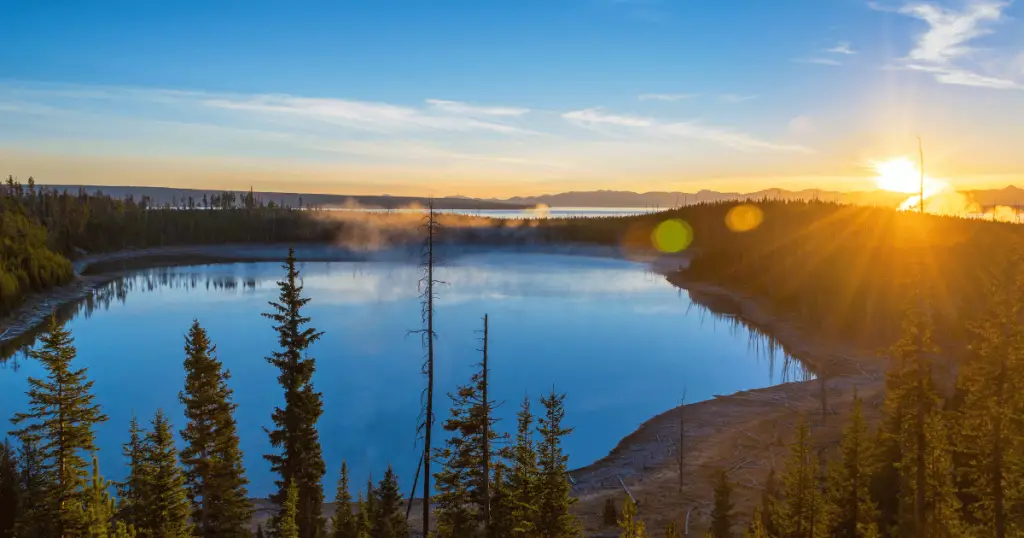
It is estimated that over 4 million people visit Yellowstone each year
Yellowstone’s stunning natural beauty and unique geothermal phenomena attract over 4 million visitors each year from around the globe. The park’s popularity has grown over time, with an increasing number of tourists keen to explore its diverse landscapes and witness its iconic wildlife in their natural habitat.
Visitors are drawn to the park throughout the seasons, each offering different but equally stunning experiences. The spring and summer are the peak seasons, with tourists flocking to the park to enjoy hiking, camping, and sightseeing.
The park is so large (nearly 3,500 square miles) that it spans across three states – Wyoming, Montana and Idaho
Yellowstone National Park’s vast size is one of its most awe-inspiring characteristics. Covering an area of nearly 3,500 square miles, the park is larger than the states of Rhode Island and Delaware combined. Its expansive territory encompasses three states – Wyoming, Montana, and Idaho, with the majority of the park (96%) located within Wyoming’s borders.
The park’s diverse landscapes vary significantly across these states, ranging from towering mountain peaks and lush grasslands to dense forests and active geothermal areas. Each region within the park offers a different experience and hosts distinct plant and animal life, contributing to Yellowstone’s rich biodiversity.
Yellowstone has over 1,000 miles of hiking trails, and many parts of the park are only accessible by foot
Yellowstone’s extensive network of hiking trails invites visitors to discover the park’s majestic landscapes up close. With over 1,000 miles of trails weaving through the park’s vast wilderness, hikers can experience an array of environments, from dense forests and verdant meadows to towering peaks and geothermal zones.
The park’s trails are classified by length, difficulty, and accessibility, catering to hikers of all experience levels. Shorter trails like the Geyser Hill Loop and the Mystic Falls trail offer fascinating geothermal features and waterfalls. Longer, more challenging courses, such as the Mount Washburn trail, reward hikers with panoramic park vistas.
Certain areas of Yellowstone are not accessible by road and can only be reached on foot, offering a serene escape from the more popular tourist spots. These backcountry trails lead hikers to isolated hot springs, pristine alpine lakes, and untouched wilderness where wildlife sightings are more frequent.

Five different museums within the park are dedicated to its unique history and wildlife
Yellowstone National Park houses five dedicated museums, each offering a deep dive into different facets of the park’s unique history, geology, and wildlife.
Museum of the National Park Ranger
offers informative displays and exhibits about the park’s history, the role of park rangers, and their efforts in preserving Yellowstone. Visitors can learn about the challenges faced by the early park rangers and how their roles have evolved.
The Norris Geyser Basin Museum
One of the park’s oldest buildings, provides a comprehensive understanding of the park’s geothermal features. Interactive displays and exhibits delve into the science behind the park’s hot springs, geysers, and other geological wonders.
The Yellowstone Art & Photography Center
Showcases the art and photographic history of the park. It displays a curated selection of works by artists and photographers who have sought inspiration in Yellowstone’s landscapes.
The Old Faithful Visitor Education Center
Focuses on the park’s most famous geyser. Here, visitors can learn about the geological processes that trigger Yellowstone’s geothermal eruptions and the unique ecosystem that thrives around these thermal features.
Canyon Visitor Education Center
Offers detailed exhibitions on the Yellowstone volcano and the park’s unique geology. A highlight is the life-sized model of the park’s underground volcano, giving visitors a compelling visual understanding of the forces shaping the park’s landscape.
Each museum offers ranger-led programs and educational activities, making them essential stops for visitors looking to deepen their understanding of Yellowstone National Park.
Yellowstone was declared a UNESCO World Heritage Site in 1978 for its incredible beauty and natural wonders
Yellowstone’s distinction as a UNESCO World Heritage Site, established in 1978, underscores its global significance as a natural wonder. This accolade is bestowed upon locations possessing cultural, historical, or scientific importance of exceptional universal value.
Yellowstone’s unique geology, diverse ecosystems, and staggering beauty were among the first sites inscribed on this prestigious list.
At the heart of Yellowstone’s recognition lies its geothermal activity, with the park hosting half the world’s geothermal features and over 300 geysers.
This, coupled with the Grand Canyon of the Yellowstone and the Yellowstone Caldera, one of the world’s largest active volcanic systems, presents a geological spectacle unmatched globally.
Conclusion: Yellowstone Fun Facts
Yellowstone National Park is a fascinating place filled with wonders that not everyone may be aware of. These include the fact that Yellowstone is the world’s first national park and that it sits atop an active volcano. Additionally, the park boasts a collection of geothermal features such as geysers and hot springs, including Old Faithful, which erupts regularly.
The park is also home to a variety of wildlife such as grizzly bears, wolves, elk, and bison. With millions of visitors each year, Yellowstone National Park is a must-see destination for anyone interested in nature, geology, and wildlife.


